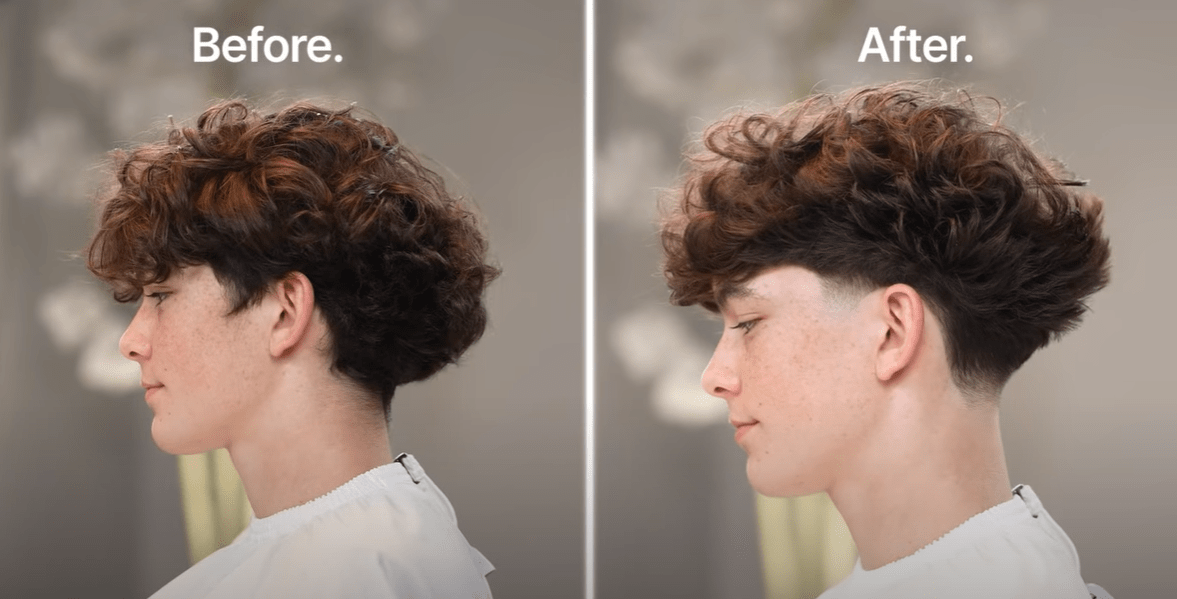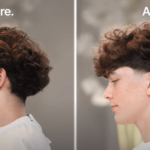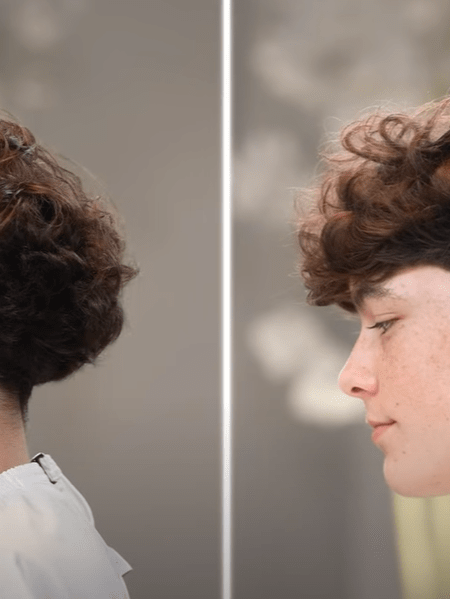The low taper fade haircut is a timeless and versatile hairstyle that has gained immense popularity for its clean, polished look. It offers a subtle yet stylish transition from longer hair on top to shorter hair near the sides and nape, making it suitable for various face shapes, hair types, and occasions. This guide delves into the details of the low taper fade, including its characteristics, variations, styling tips, and maintenance.

What Is a Low Taper Fade Haircut?
The low taper fade begins just above the ears and gradually tapers down toward the neckline. Unlike high or mid-taper fades, the low taper fade focuses on creating a softer and more understated look. The transition is smooth and natural, making it an excellent choice for individuals who prefer a less dramatic style.
Key Features:
- Subtle Transition: The fade starts lower on the head, creating a gentle gradient.
- Versatility: Works well with various hairstyles on top, from short buzz cuts to longer textured styles.
- Universality: Suitable for all hair types (straight, wavy, curly) and face shapes (oval, round, square).
Types of Low Taper Fade Styles
The low taper fade can be customized to suit individual preferences. Here are some popular variations:
1. Classic Low Taper Fade
- A clean and professional look with a gradual fade starting near the ears.
- Ideal for formal settings or everyday wear.
- Works best with short to medium-length hair on top.
2. Low Taper Fade with Buzz Cut
- Combines a minimalist buzz cut with a low taper fade for a sharp and low-maintenance style.
- Perfect for athletic or casual settings.
3. Textured Low Taper Fade
- Features textured hair on top to add volume and dimension.
- Best styled with sea salt spray or matte clay for a natural finish.
4. Low Taper Fade with Long Slick Back
- A polished look achieved by slicking back longer hair on top.
- Requires pomade or gel for hold and shine.
5. Afro Low Taper Fade
- Highlights natural curls or textured hair while maintaining a clean fade near the sides and back.
- Complements facial hair for added style.
Benefits of Choosing a Low Taper Fade
The low taper fade offers numerous advantages that make it a popular choice among men:
- Low Maintenance: This haircut grows out gracefully, requiring trims every 2–3 weeks to maintain sharpness.
- Versatility: Pairs well with various hairstyles and can be adapted for both casual and formal occasions.
- Universality: Suitable for all ages, face shapes, and hair types.
- Modern Appeal: Provides a fresh and trendy look without being overly bold.
How to Achieve a Low Taper Fade
Achieving the perfect low taper fade requires precision and attention to detail. Here’s how barbers typically create this look:
Step-by-Step Process:
- Create the Baseline:
- Use clippers to establish a baseline just above the ears.
- Remove excess hair below the baseline using trimmers or shavers.
- Fade Gradually:
- Start with clippers at an open lever setting to create the first guideline about half an inch above the baseline.
- Use progressively shorter guard sizes (e.g., #2, #1) to blend upward toward the top of the head.
- Detailing:
- Use blending shears or clipper-over-comb techniques to smooth out any harsh lines.
- Line up the edges around the neckline and sideburns for a sharp finish.
- Final Touches:
- Style the top according to preference using appropriate products like pomade or sea salt spray.
Styling Tips for a Low Taper Fade
Styling your low taper fade depends on your desired look. Here are some tips:
For Textured Styles:
- Use sea salt spray to add volume and texture.
- Blow-dry slightly damp hair for a tousled finish.
For Slicked-Back Looks:
- Apply pomade or gel evenly through damp hair.
- Use a comb to slick back the hair neatly.
For Natural Curls:
- Apply lightweight oil or curl cream to enhance definition.
- Avoid heavy products that weigh down curls.
Maintenance Tips
Maintaining your low taper fade ensures it stays sharp and stylish:
- Regular Trims: Schedule trims every 2–3 weeks to keep the fade clean and well-defined.
- Quality Hair Products:
- Use moisturizing shampoos and conditioners to keep your scalp healthy.
- Opt for lightweight styling products that suit your hair type.
- Protective Measures:
- Avoid excessive sun exposure by using protective sprays if necessary.
- Hydrate your hair regularly with leave-in conditioners or oils to prevent dryness.
Face Shapes & Suitability
The low taper fade complements most face shapes due to its subtle nature:
| Face Shape | Suitability | Recommended Style |
|---|---|---|
| Oval | Highly suitable | Any variation works well |
| Round | Creates definition | Textured styles add height |
| Square | Enhances sharp features | Classic or slicked-back looks |
| Heart | Balances proportions | Longer styles on top |
Popularity & Cultural Significance
The low taper fade has become more than just a hairstyle—it’s a cultural statement embraced by individuals worldwide. Its adaptability allows it to transcend trends while remaining relevant in modern grooming standards.
Barbershops often showcase this haircut as an example of precision and skill, making it one of their most requested styles. Whether you’re looking for something professional or casual, the low taper fade provides endless possibilities.
Conclusion
The low taper fade haircut is an excellent choice for anyone seeking a stylish yet understated look. Its versatility, ease of maintenance, and universal appeal make it suitable for all ages and lifestyles. By understanding its variations, styling techniques, and upkeep requirements, you can confidently rock this timeless hairstyle tailored to your preferences.
Whether paired with textured waves, slicked-back locks, or natural curls, the low taper fade offers endless opportunities to express your personal style while maintaining a polished appearance.





